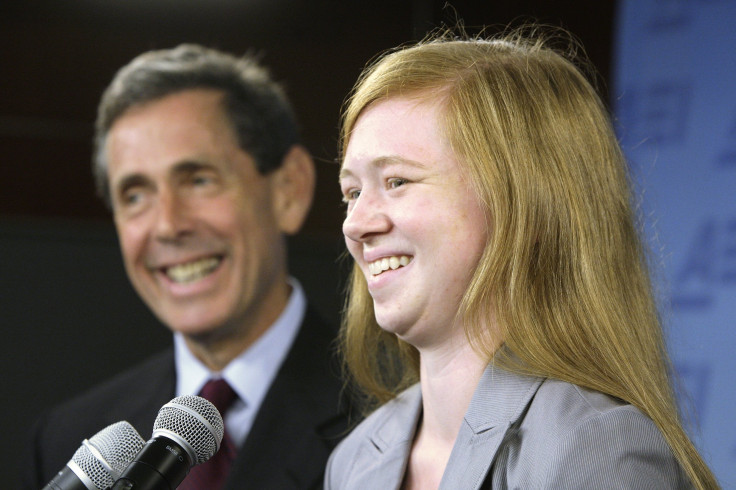
The Supreme Court has agreed to hear a case concerning affirmative action in university selections stemming from a lawsuit filed in 2008. Abigail Fisher, a white student, brought the case against the University of Texas Austin, saying that she was discriminated against in the school’s selection process, which gives weight to race for a portion of its admission pool. The case was heard by the Supreme Court in 2013, who sent it back to 5th U.S. Circuit Court of Appeals in a 7-1 decision demanding a higher standard be used in assessing affirmative action.
The Supreme Court is divided over affirmative action. Do race-based admissions admissions redress discrimination against minorities, or create a newly discriminated class of white applicants? The court upheld an affirmative action ban on 2014, saying that voters had the right to restrict affirmative action Michigan. The 5th Circuit upheld the U of T Austin’s practices citing not only the aid to minority students -- historically disadvantaged in the state of Texas -- but diversity as a form of enrichment for the school as a whole.
The Supreme Court has not ruled on whether or not states have the right to employ affirmative action. U of T Austin’s affirmative action program only applies to the 20 percent (at the time of Fisher’s complaint) to 30 percent (of the entering class of ‘18) of lower-tier students, those who didn’t graduate in the top 10 percent of their class. The other 80 percent to 70 percent of incoming U of T Austin students are admitted automatically because they graduate in the top 10 percent of their high schools.
In the time since Fisher filed her lawsuit, Latinos have seen a jump in representation at U of T. In 2008, Latinos made up 16 percent of the freshman class. In 2014, Latino students made up 21 percent. There are many possible reasons for this shift in addition to affirmative action. Most minority students are admitted through the race-neutral top-10-percent rule. Because Texas school districts are so segregated, that policy already creates a sort of indirect affirmative action, as the Wall Street Journal observes. Latino students may have also thought that they had a better shot at getting
Other states have curbed affirmative action, or considered doing to. In California, Latinos recently became the 2nd most accepted into the U.C. system, largely reflecting their share of the state population. Asians are first, largely overrepresented in public universities. Caucasians by contrast are third, now slightly underrepresented. In Florida, former Gov. Jeb Bush eliminated affirmative action. While minorities are still underrepresented in the state’s school system, the change coincided with an overall increase in Latino and African American enrollment, according to Politifact.
© 2025 Latin Times. All rights reserved. Do not reproduce without permission.



